Woven Versus Non-woven Landscape Fabric

Table of Contents
Woven vs. Non-Woven Landscape Fabric: Which is Right for Your Garden?
Choosing the right landscape fabric can significantly impact the success of your gardening projects. Two primary types dominate the market: woven and non-woven fabrics. Understanding their key differences is crucial for making an informed decision that best suits your needs and budget. This comprehensive guide will explore the pros and cons of each, helping you determine which landscape fabric reigns supreme for your garden.
Woven Landscape Fabric: Strength and Durability
Woven landscape fabrics are created by interlacing fibers, similar to how cloth is made. This method results in a strong, durable material that's highly resistant to tearing and puncturing. Think of it as the "heavyweight champion" of landscape fabrics.
Advantages of Woven Landscape Fabric:
- Exceptional Strength and Durability: Woven fabrics are known for their resilience, able to withstand heavy use and the pressure of foot traffic. This makes them ideal for areas with significant wear and tear.
- Longer Lifespan: Due to their robust construction, woven fabrics typically last longer than their non-woven counterparts, representing a potentially cost-effective solution in the long run.
- Weed Barrier: Their tight weave effectively prevents weed growth, protecting your plants and keeping your garden looking pristine.
- Water Permeability: Many woven fabrics allow for sufficient water penetration, ensuring your plants receive adequate hydration.
Disadvantages of Woven Landscape Fabric:
- Higher Cost: Woven fabrics generally command a higher price tag than non-woven options.
- Less Breathable: The tight weave, while beneficial for weed control, can sometimes restrict airflow to the soil, potentially affecting soil health.
- Heavier and Less Flexible: Their robust construction means they can be more difficult to handle and install, especially over larger areas.
Non-Woven Landscape Fabric: Affordability and Versatility
Non-woven landscape fabrics are made from fibers that are bonded together, rather than interlaced. This creates a lighter, more flexible material that’s often more affordable. Consider this the "versatile all-rounder."
Advantages of Non-Woven Landscape Fabric:
- Lower Cost: Non-woven fabrics are generally more budget-friendly, making them an attractive option for larger projects or those on a tighter budget.
- Lightweight and Easy to Handle: Their lighter weight makes them easier to install and maneuver, particularly beneficial for larger areas.
- Breathable: The looser structure allows for better air circulation to the soil, promoting healthy root development.
- Wide Range of Applications: Suitable for a variety of gardening applications, from weed suppression to erosion control.
Disadvantages of Non-Woven Landscape Fabric:
- Shorter Lifespan: Non-woven fabrics are generally less durable and may tear or degrade more quickly than woven options.
- Less Weed Resistant: The looser structure may allow some smaller weeds to penetrate and grow through the fabric.
- Potential for Degradation: Exposure to UV light can degrade non-woven fabrics over time, reducing their lifespan.
Choosing the Right Fabric for Your Needs
The best landscape fabric depends entirely on your specific needs and project requirements. Consider the following factors:
- Budget: Non-woven fabrics are more affordable, while woven fabrics offer long-term cost savings due to their durability.
- Project Size: For larger projects, the lightweight nature of non-woven fabrics makes installation easier.
- Soil Conditions: If you have well-draining soil, a woven fabric's reduced breathability may not be a significant issue.
- Weed Pressure: For areas with significant weed problems, the superior weed barrier of woven fabrics is recommended.
- Expected Lifespan: If longevity is a priority, invest in a durable woven fabric.
Ultimately, understanding the strengths and weaknesses of both woven and non-woven landscape fabrics empowers you to make a well-informed decision that best meets your gardening needs and ensures a thriving, weed-free garden for years to come. Remember to always check product specifications for specific details regarding durability, breathability, and UV resistance.

Thank you for visiting our website wich cover about Woven Versus Non-woven Landscape Fabric. We hope the information provided has been useful to you. Feel free to contact us if you have any questions or need further assistance. See you next time and dont miss to bookmark.
Featured Posts
-
Who Crashed The Uk Economy
Jan 11, 2025
-
2025 Tesla Model Y Improved Range
Jan 11, 2025
-
Big Naturals For The Landscaper
Jan 11, 2025
-
Greystone Fireplace For Rv
Jan 11, 2025
-
Landscaping Truck Rack
Jan 11, 2025